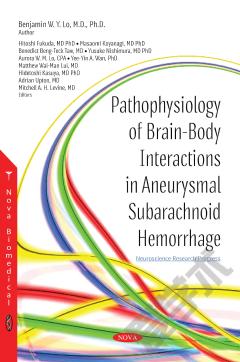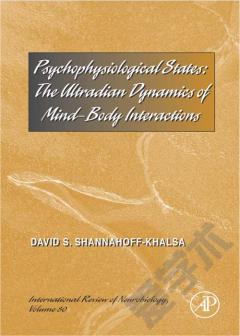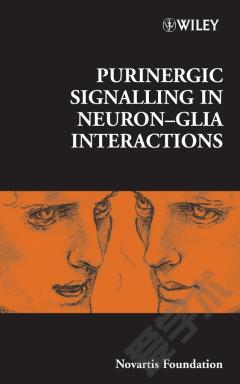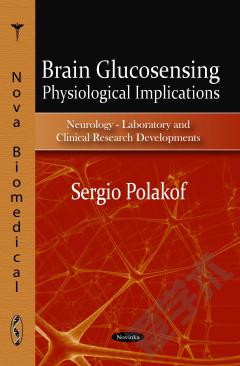Pathophysiology of Brain-Body Interactions in Aneurysmal Subarachnoid Hemorrhage
This monograph entitled “Pathophysiology of Brain-Body Interactions in Aneurysmal Subarachnoid Hemorrhage” is an up-to-date, in-depth and more advanced continuation of its accompanying monograph entitled “Brain-Body Interactions – Contemporary Outcome Prediction in Aneurysmal Subarachnoid Hemorrhage using Bayesian Neural Networks and Fuzzy Logic”. The current monograph is divided into five sections. The first section synthesizes the most current evidence of underlying pathophysiologic mechanisms of brain-body associations in aneurysmal subarachnoid hemorrhage. It also describes pathophysiologic manifestations of central autonomic nervous system dysfunctions in ischemic stroke, intracerebral hemorrhage and aneurysmal subarachnoid hemorrhage. The second section synthesizes and critically appraises the methodologic quality of existing studies (including prospective and retrospective cohort studies and randomized controlled trials) that derive clinical predictor tools and clinical predictors used to determine outcome prognosis in patients with aneurysmal subarachnoid hemorrhage. The third section makes use of two aneurysmal subarachnoid hemorrhage databases incorporating advances in the treatment of aneurysmal subarachnoid hemorrhage. Both single prognostic factors and brain-body interactions are explored to make several novel observations which significantly influence clinical outcome in patients with ruptured cerebral aneurysms. In its fourth section, clinical prognostic decision-making tools are created using classification and regression tree analysis. Prognostic subgroups demonstrate the interplay of various underlying pathophysiologic mechanisms which, together, adversely influence long-term neurologic and functional outcomes in those with aneurysmal subarachnoid hemorrhage. Finally, in Section Five, exploratory analyses are conducted using artificial neural networks to further explore the brain-body interface in aneurysmal subarachnoid hemorrhage, with in-depth discussions of the autonomic nervous system and its dysfunction in pathologic states. Using these clinical prognostic models, the clinician can tailor individual-specific treatment efforts to prevent and treat various alterations in the brain-body interface in order to maximize the chances of survival and recovery after aneurysmal subarachnoid hemorrhage.
{{comment.content}}








 京公网安备 11010802027623号
京公网安备 11010802027623号